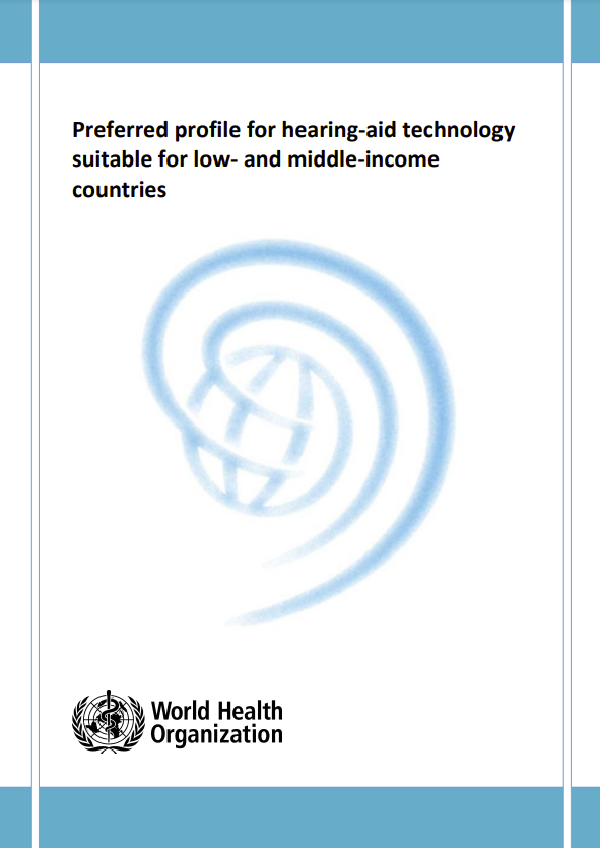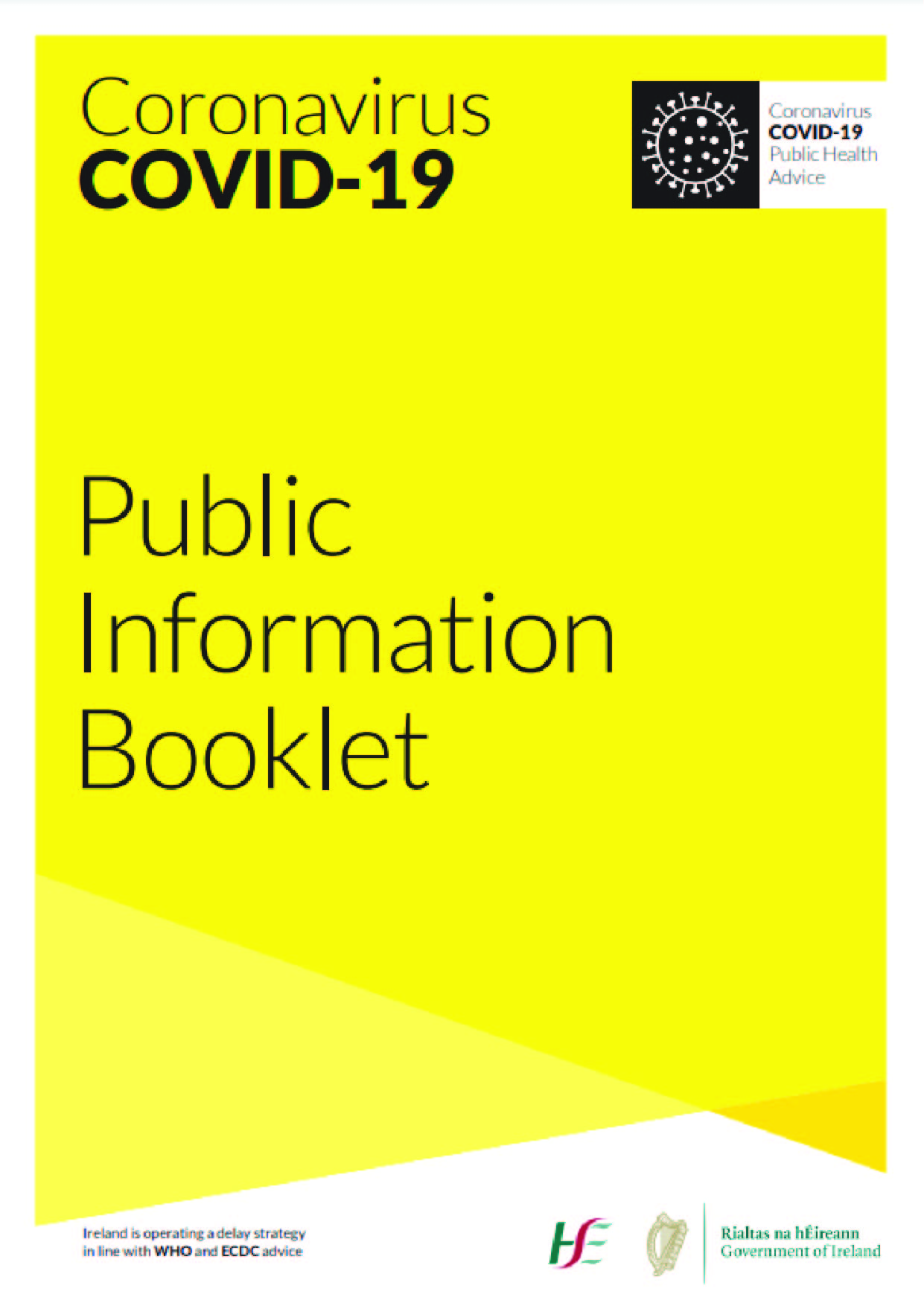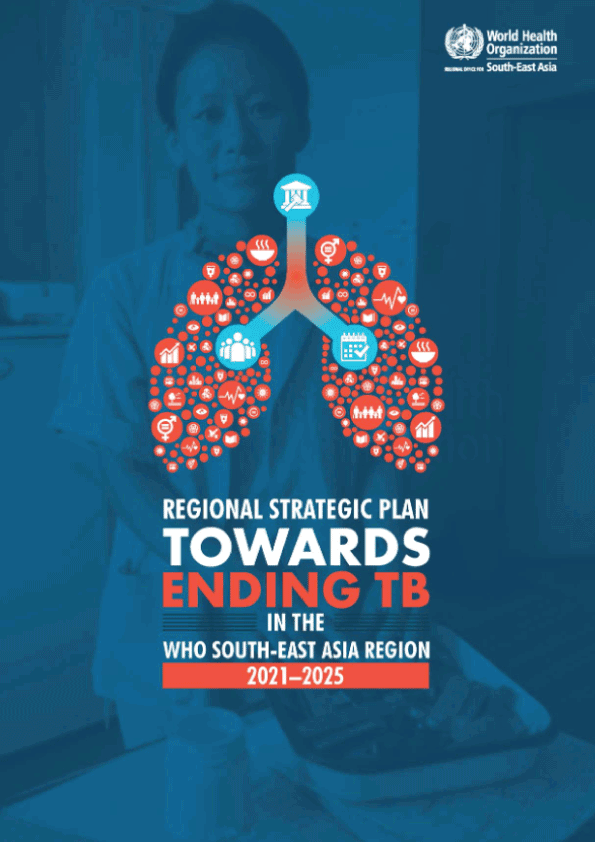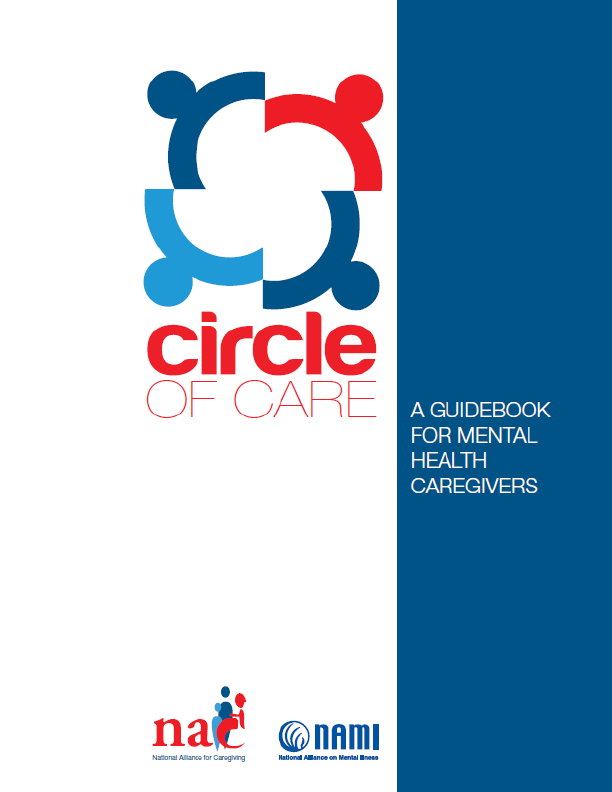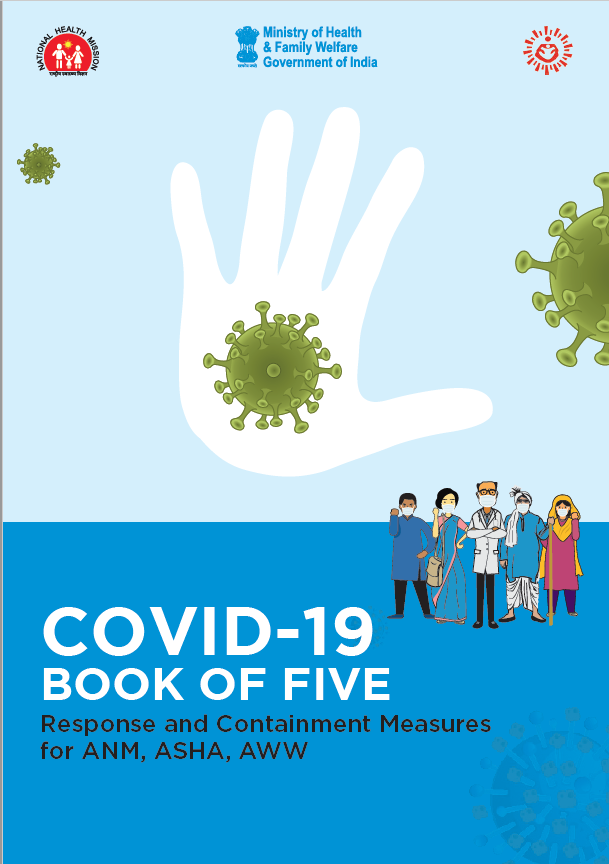Hearing loss is the commonest sensory disability and the third greatest contributor to the global burden of disease. The majority of individuals with disabling hearing loss live in low and middle-income countries (LMICs) and, for many of them, hearing aids are the key to rehabilitation. Currently, however, hearing-aid production meets only 10% of global needs and most amplification devices are designed, manufactured, and dispensed in industrialized economies.
Existing initiatives to improve access to hearing aids in many LMICs are often hindered by a lack of knowledge, among those responsible for their provision, of the most appropriate types of amplification devices for use in such environments. Designers and manufacturers, too, are frequently unaware of the hearing-aid features that are most important in LMICs.
The purpose of this preferred profile is to summarize information on the features of hearing-aid technology that offer the greatest benefit in low-resource settings. The profile is the outcome of a 2013 World Health Organization meeting – Ad-hoc consultation on hearing devices technology transfer in LMICs – and of input from an advisory group working party and invited professionals and industry experts. It highlights aspects of design and distribution that are essential considerations for the provision of hearing aids in LMICs. Hearing aid type, acoustic performance and user controls, earmould and battery requirements, packaging, and user information are among the issues that are reviewed and for which recommendations are given. Certain aspects that are desirable, although not essential, for the successful provision of hearing aids in LMICs, are also summarized, and guidance is given on appropriate technology transfer.
Addressing disparities in access to hearing health care in LMICs is challenging. The provision of effective amplification devices is an essential component of any rehabilitation program in such regions. The aim of this preferred profile for hearing aid technology is to contribute to these programs and improve outcomes for people with disabling hearing loss.
Purpose of the preferred profile
The purpose of this preferred profile is to provide information on preferred technology and associated issues for high-quality, affordable hearing aids intended for use in LMICs. The profile is based on existing WHO guidelines (WHO, 2004) which set out minimum requirements and recommendations for hearing aids and related services in developing countries. A key recommendation from these guidelines was the priority for hearing aids and services that should be given to “children with an average hearing loss in the range 31 to 80 dBHL in the better ear, in the frequency range 500 Hz to 4 kHz, followed by adults with an average hearing loss in the range 41 to 80 dBHL in the better ear, in the same frequency range” (WHO, 2004; p. 6). The preferred profile, which is based partly on this recommendation, is intended for use by governments and partners seeking to establish ear and hearing care intervention programs, the hearing-aid industry, other rehabilitation device development groups, and hearing-aid providers. It is important to note that the profile is based on knowledge of existing practices and technologies. As is the case with other WHO preferred product profiles (WHO, 2009), the requirements are not intended in any way to restrict efforts to innovate and should not be seen as discouraging new methods of improving the provision of hearing health services in LMICs.
